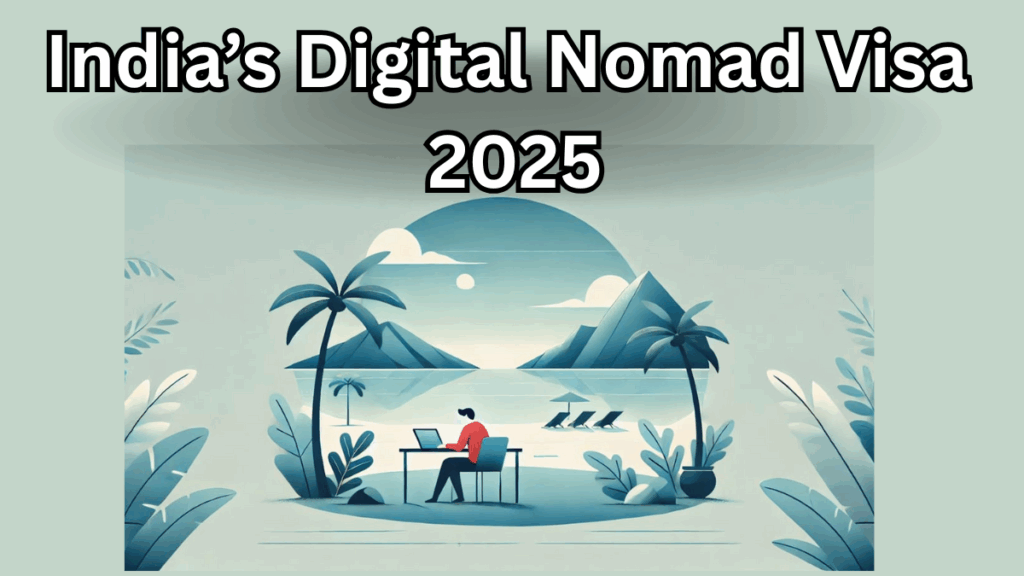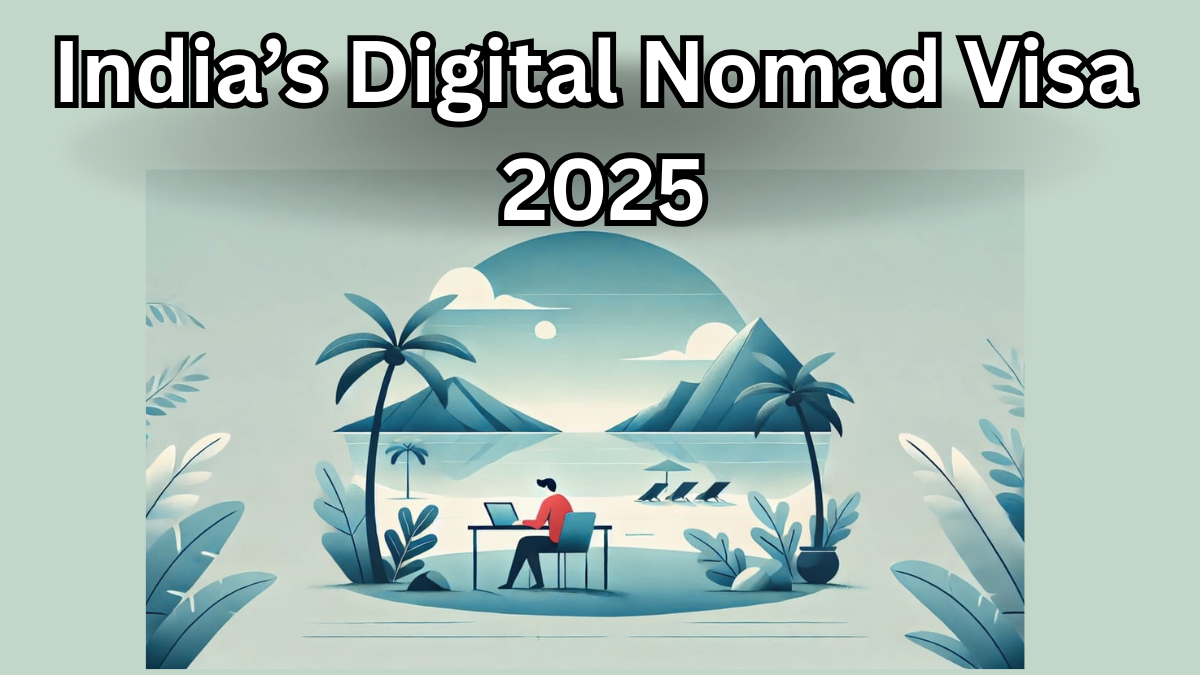As 2025 approaches, discussions about India’s GDP Growth Forecast 2025 are gaining momentum. With global shifts and domestic reforms unfolding simultaneously, the focus is on how India’s economy will shape up in the coming year. Economists and financial institutions are offering fresh insights that can influence policy, investment strategies, and public sentiment.
Here’s a closer look at the latest predictions, what’s driving growth, and what challenges lie ahead in India’s economic journey.

India’s Economic Outlook: A Mixed Bag of Optimism and Caution
India remains one of the world’s fastest-growing major economies. Despite external challenges like geopolitical conflicts and supply disruptions, the country’s internal strength—driven by consumption, digital innovation, and policy measures—continues to fuel growth.
Key factors shaping the 2025 economic outlook:
-
Strong domestic consumption
-
Strategic infrastructure investments
-
Expansion of the digital economy
-
Growing exports under ‘Make in India’
-
Global risks like inflation and oil prices
Forecasted GDP Growth for 2025: Who’s Saying What?
Here’s a comparative table of projections for India’s GDP Growth Forecast 2025 by major global institutions:
| Institution | GDP Growth Forecast 2025 |
|---|---|
| Reserve Bank of India (RBI) | 6.8% |
| International Monetary Fund (IMF) | 6.5% |
| World Bank | 6.6% |
| Asian Development Bank (ADB) | 6.7% |
| Moody’s Analytics | 6.4% |
The estimates suggest a stable and optimistic outlook for India, even in a turbulent global economy.
What’s Fueling This Growth?
Robust Infrastructure Push
-
Massive public investment in highways, railways, airports, and green energy
-
Government programs like PM Gati Shakti and National Infrastructure Pipeline gaining momentum
Expanding Middle Class & Domestic Demand
-
Rising income levels and aspirations are boosting consumption
-
Increased penetration of digital payments and ecommerce in Tier 2 and Tier 3 cities
Tech-Driven Services Sector
-
Continued global demand for Indian IT services and business outsourcing
-
Growth in AI, cloud computing, fintech, and digital startups
Pro-Business Government Policies
-
Ease of doing business reforms encouraging private sector participation
-
Production-Linked Incentive (PLI) schemes pushing manufacturing expansion
Risks That Could Impact Growth
Even with a strong foundation, there are external and internal risks that could affect the India economy report for 2025:
-
Global slowdown or recession in major economies
-
Volatility in oil and commodity prices
-
Climate-related disruptions affecting agriculture
-
High inflation prompting tighter monetary policy
Economists’ Take on India’s Growth Trajectory
Economists agree that India’s GDP Growth Forecast 2025 reflects stability, but they caution that growth needs to be inclusive and job-generating. Key focus areas should include:
-
Improving workforce participation
-
Supporting rural development
-
Balancing growth with environmental sustainability
Frequently Asked Questions (FAQs)
1. What is India’s GDP Growth Forecast for 2025?
Most global financial agencies project India’s GDP growth to be between 6.4% and 6.8%, depending on both global and domestic economic conditions.
2. How does India’s forecast compare globally?
India is expected to remain among the top-performing major economies, ahead of many developed nations dealing with slower post-pandemic recoveries.
3. What sectors are expected to drive India’s GDP in 2025?
Key sectors include infrastructure, IT services, manufacturing, consumer goods, and renewable energy.
4. How does this growth impact everyday citizens?
A strong economic outlook can lead to more job creation, higher incomes, better investment opportunities, and increased government spending on public services.
Conclusion:
The India economy report for 2025 signals a steady rise in GDP, backed by solid fundamentals and forward-thinking reforms. However, sustained growth will require careful management of external risks and focused domestic policymaking.
In essence, India’s GDP Growth Forecast 2025 represents both promise and responsibility. As the country continues to evolve economically, it must ensure that growth is inclusive, resilient, and future-ready.
Click here to learn more
